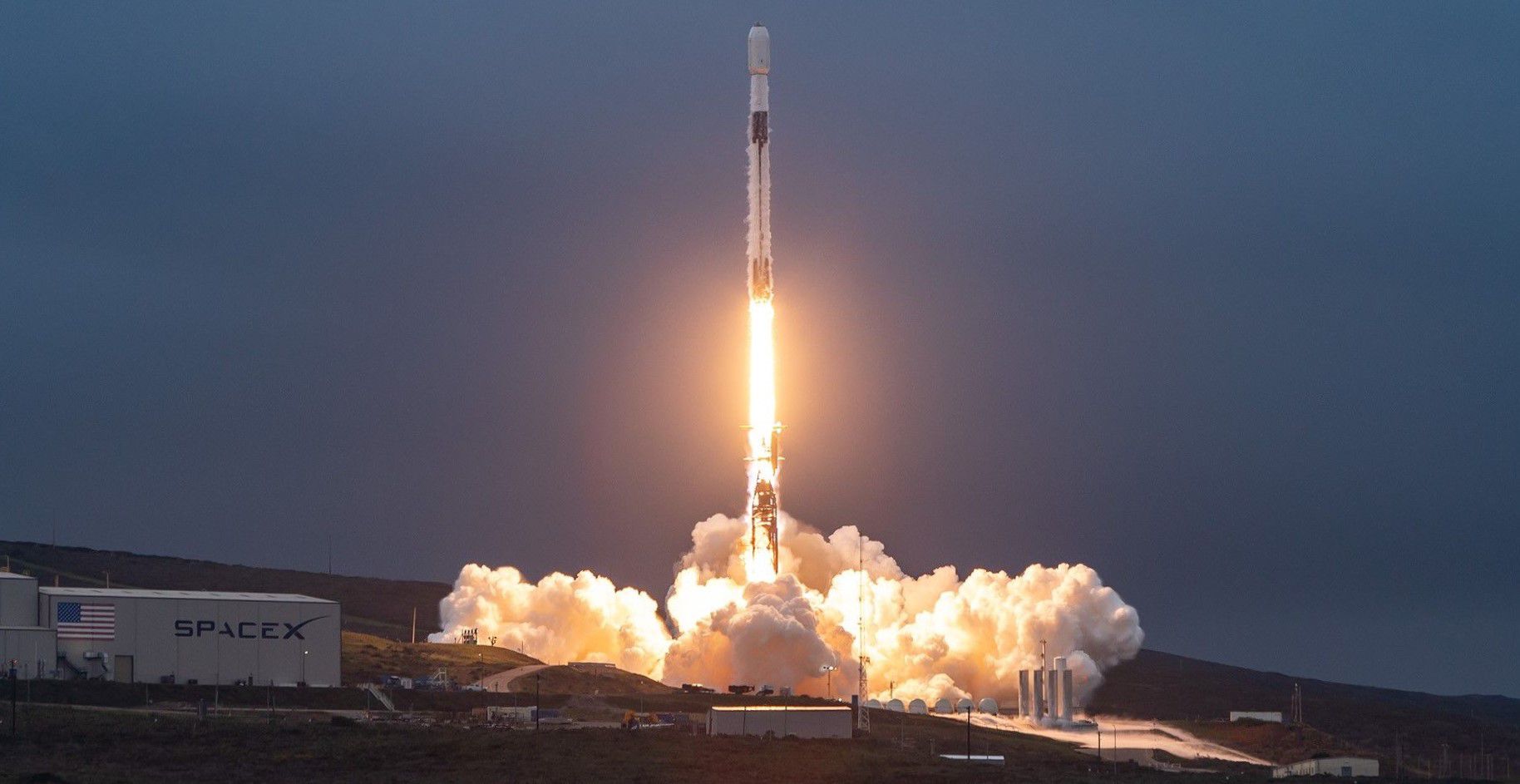

News
SpaceX launches first Starlink mission of 2023 after eight delays
A Falcon 9 rocket has successfully launched SpaceX’s Starlink 2-4 mission after seven delays pushed it from November 2022 to January 2023.
Starlink 2-4 was originally scheduled to launch as early as November 18th, 2022, but was delayed shortly after its Falcon 9 rocket conducted a static fire test. The delay was indefinite, and that specific rocket ultimately launched a different commercial payload in late December. The internet satellite launch was finally rescheduled for January 9th, 2023, kicking off a string of additional delays. Weather delayed the January 9th attempt. Issues with Falcon 9’s second stage delayed the January 10th attempt. Additional “pre-launch checkouts” delayed the launch from January 11th to the 14th, which was then pushed to January 15th for “constellation optimization.“
Poor weather delayed Starlink 2-4 from January 15th to January 18th, and SpaceX eventually delayed the mission to January 19th without explanation. On January 19th, SpaceX even delayed Starlink 2-4 an eighth time, from 7:23 am PST to 7:43 am PST. But at long last, Starlink 2-4 did, in fact, lift off at 7:43 am PST, ending the longest streak of delays experienced by SpaceX in several years.
The update that's rolling out to the fleet makes full use of the front and rear steering travel to minimize turning circle. In this case a reduction of 1.6 feet just over the air— Wes (@wmorrill3) April 16, 2024
In a rare twist, the first delay caused SpaceX to shuffle booster assignments, and Starlink 2-4 wound up with B1075. B1075 had never flown before, making Starlink 2-4 the second Starlink mission that has debuted a new Falcon booster. Ordinarily, SpaceX has always reserved new boosters – of which only a handful are built annually – for its more conservative customers. The US military in particular was slow to warm up to the idea of flying operational “national security” payloads on reused Falcon boosters, and often required (and paid for) new boosters whenever possible.
But even that wall mostly crumbled in 2022. SpaceX debuting another new Falcon 9 booster on its own low-priority Starlink mission is perhaps the best evidence of that. NASA and the US military have simply come to trust SpaceX’s flight-proven Falcon boosters, and no longer feel the need to reserve every new Falcon 9.
Falcon 9 booster B1075 ultimately aced its orbital-class launch debut and touched down on drone ship Of Course I Still Love You (OCISLY) about nine minutes after liftoff. Assuming the seas are calm enough for B1075 to survive the return to Port of Long Beach, it likely has a long life of 15+ launches ahead of it. The Falcon upper stage launched by B1075 eventually reached low Earth orbit (LEO) and deployed another 51 Starlink V1.5 satellites about 30 minutes after liftoff. Starlink 2-4 should leave SpaceX with almost 3400 working Starlink satellites in orbit.
OCISLY gets an upgrade
B1075’s landing also revealed upgrades SpaceX has made to drone ship OCISLY since it was last used in October 2022. Harry Stranger first discovered the changes with satellite imagery, which revealed that SpaceX was upgrading OCISLY’s rectangular with angular ‘wings’. The wings appear to be identical to those installed on SpaceX’s newest drone ship, A Shortfall of Gravitas. ASOG debuted in mid-2021 with a number of upgrades not present on SpaceX’s two other drone ships. Most were intended to improve the ship’s resiliency, availability, and autonomy.
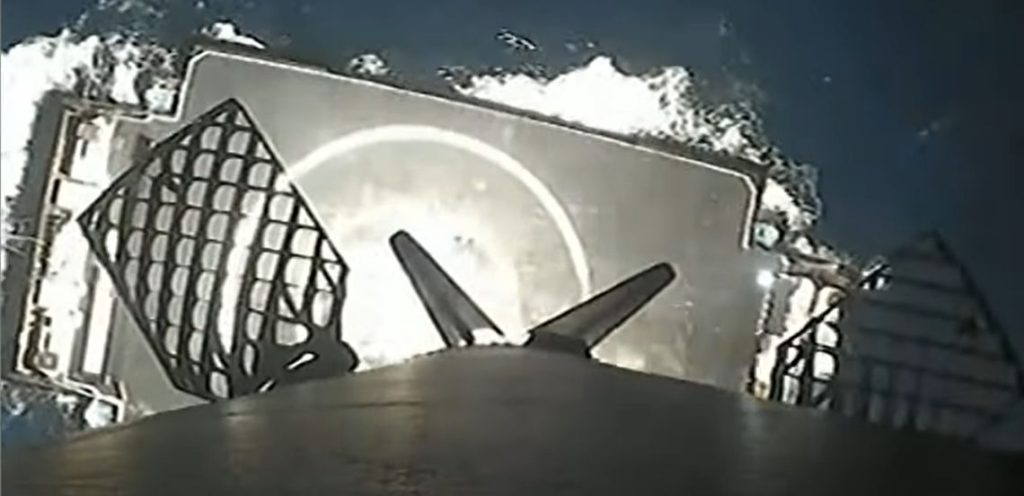
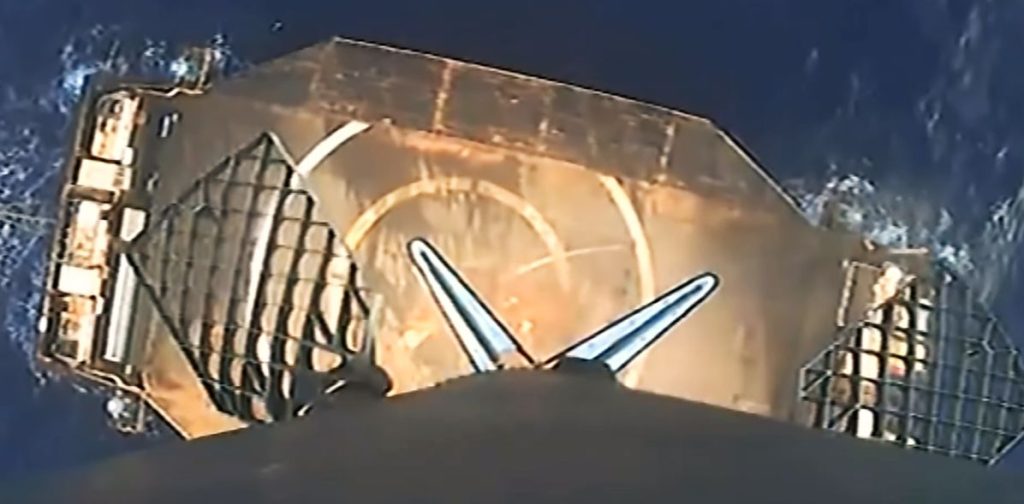
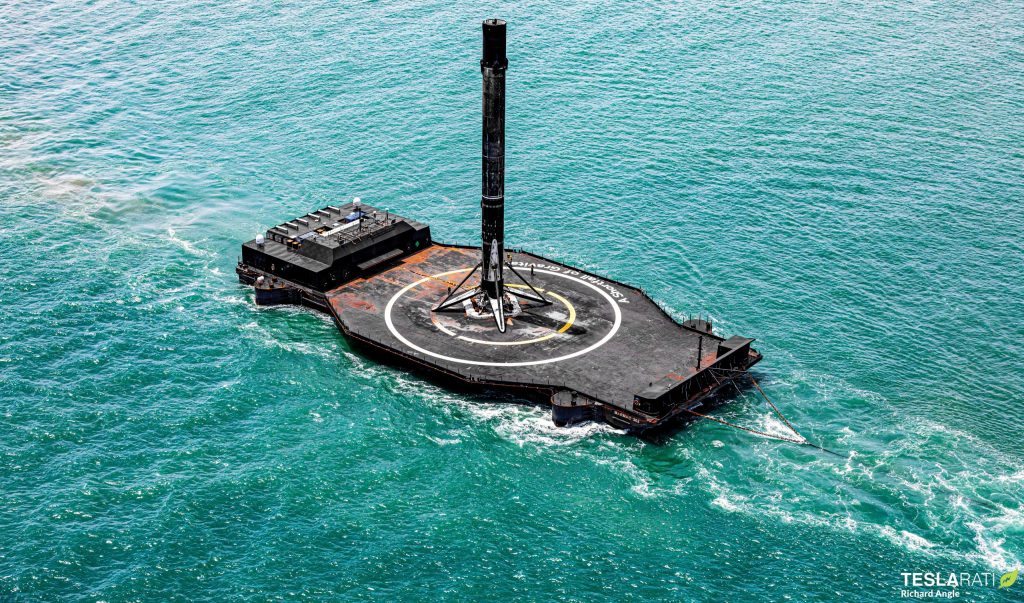
According to photographer Jerry Pike, the angular wings on ASOG (and now OCISLY) could make the drone ship much easier to tow. Reducing drag could also increase the effectiveness of their existing propulsion systems, potentially allowing them to maintain their position in harsher sea conditions and stronger currents than before. SpaceX CEO Elon Musk has previously stated that the ultimate goal is a fully-autonomous drone ship capable of heading to sea, recovering Falcon boosters, and returning to port without human intervention.
There is no evidence that SpaceX is any closer to that goal since ASOG’s debut 16 months ago. Nonetheless, OCISLY’s upgrades should improve the drone ship’s usability as SpaceX attempts to launch (and land) up to 100 rockets in 2023.
News
Tesla Semis to get 18 new Megachargers at this PepsiCo plant
PepsiCo is set to add more Tesla Semi Megachargers, this time at a facility in North Carolina.
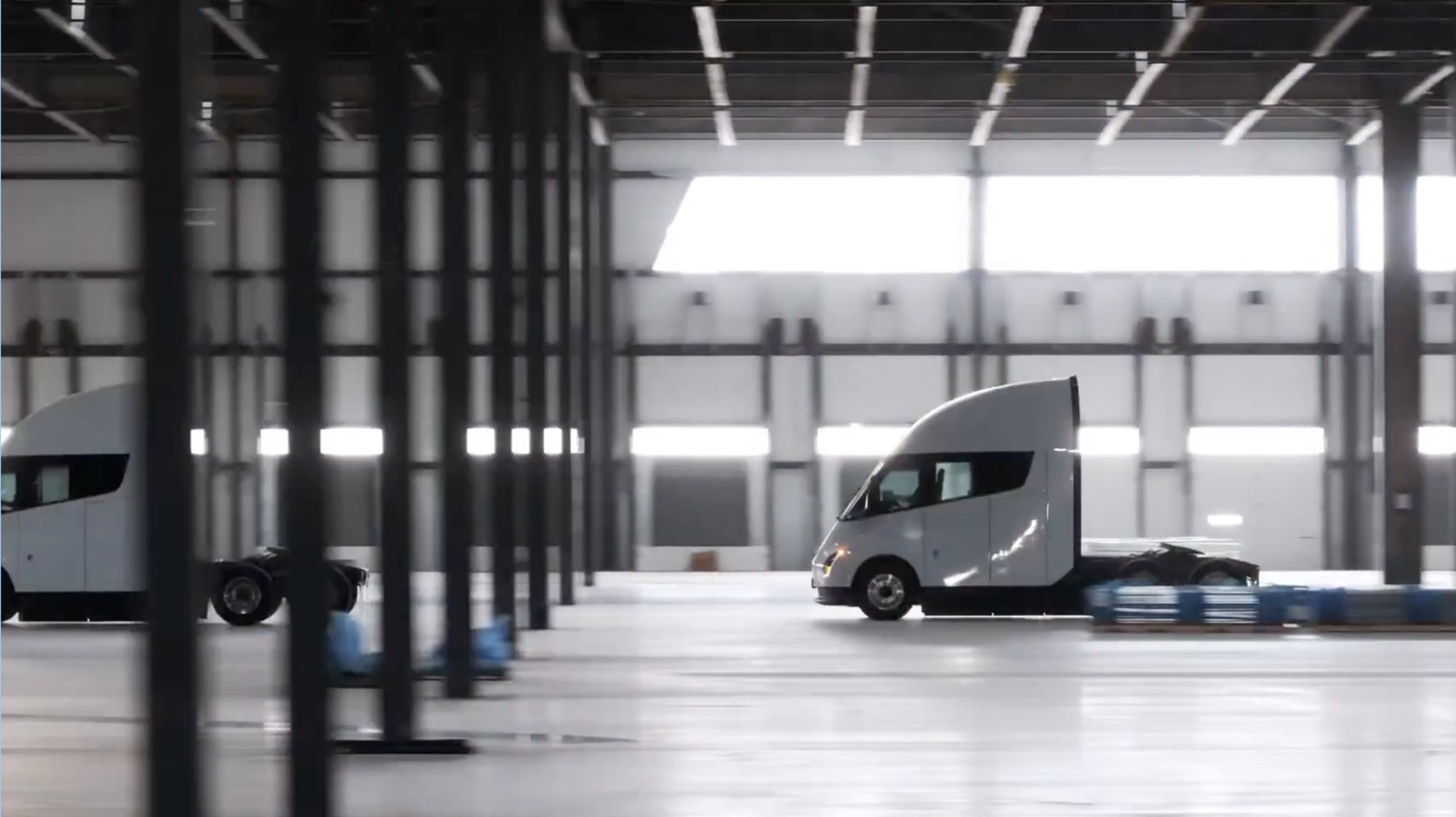
Tesla partner PepsiCo is set to build new Semi charging stations at one of its manufacturing sites, as revealed in new permitting plans shared this week.
On Friday, Tesla charging station scout MarcoRP shared plans on X for 18 Semi Megacharging stalls at PepsiCo’s facility in Charlotte, North Carolina, coming as the latest update plans for the company’s increasingly electrified fleet. The stalls are set to be built side by side, along with three Tesla Megapack grid-scale battery systems.
The plans also note the faster charging speeds for the chargers, which can charge the Class 8 Semi at speeds of up to 1MW. Tesla says that the speed can charge the Semi back to roughly 70 percent in around 30 minutes.
You can see the site plans for the PepsiCo North Carolina Megacharger below.
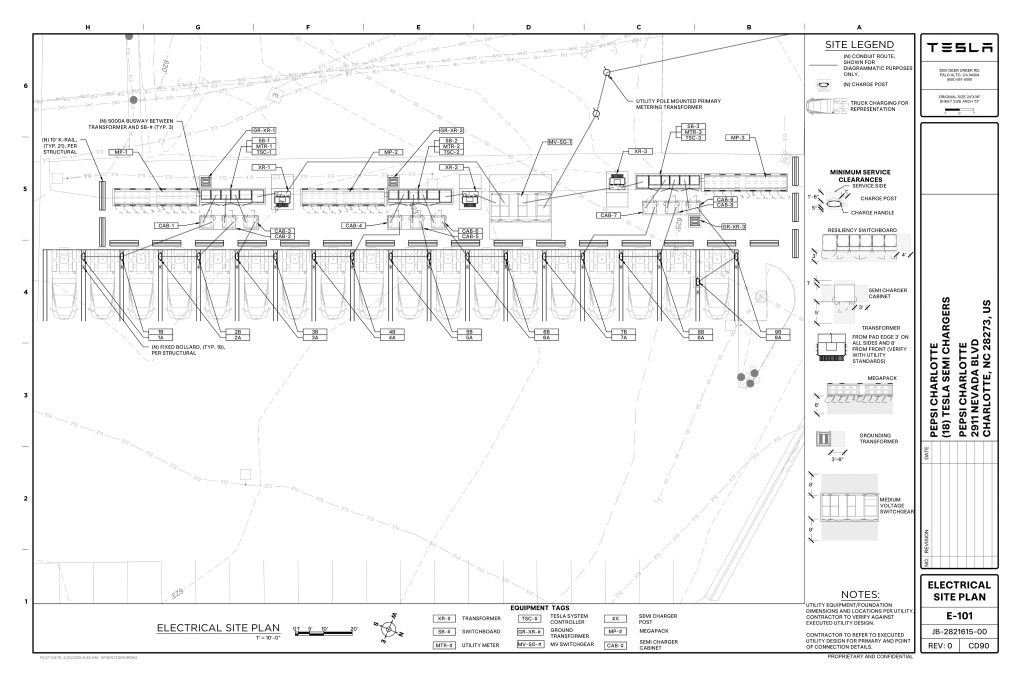
Credit: PepsiCo (via MarcoRPi1 on X)
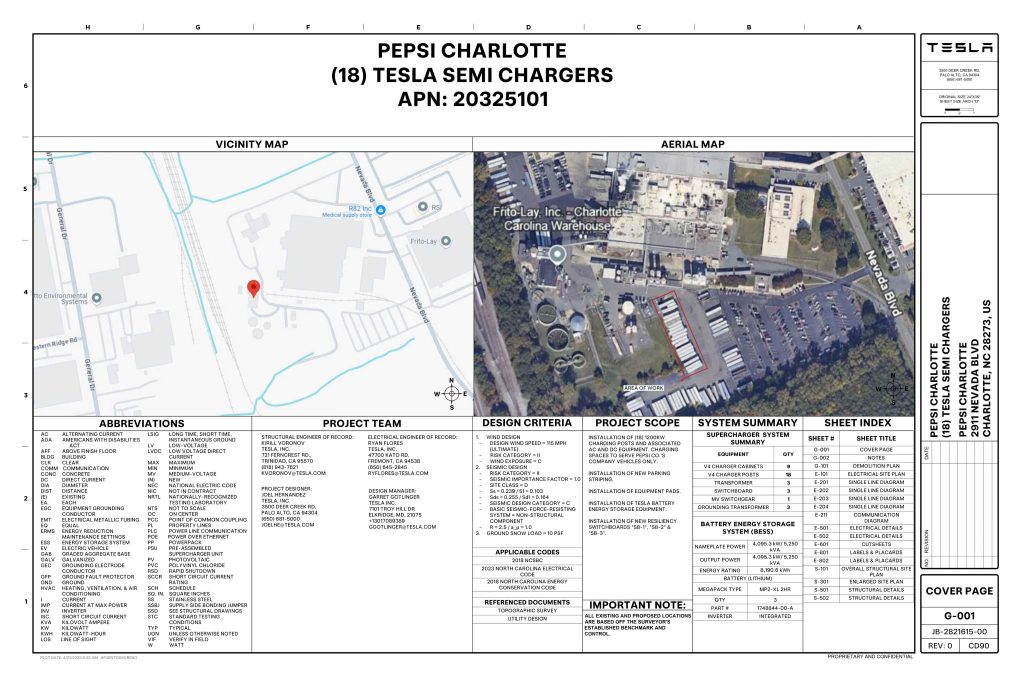
Credit: PepsiCo (via MarcoRPi1 on X)
READ MORE ON THE TESLA SEMI: Tesla to build Semi Megacharger station in Southern California
PepsiCo’s Tesla Semi fleet, other Megachargers, and initial tests and deliveries
PepsiCo was the first external customer to take delivery of Tesla’s Semis back in 2023, starting with just an initial order of 15. Since then, the company has continued to expand the fleet, recently taking delivery of an additional 50 units in California. The PepsiCo fleet was up to around 86 units as of last year, according to statements from Semi Senior Manager Dan Priestley.
Additionally, the company has similar Megachargers at its facilities in Modesto, Sacramento, and Fresno, California, and Tesla also submitted plans for approval to build 12 new Megacharging stalls in Los Angeles County.
Over the past couple of years, Tesla has also been delivering the electric Class 8 units to a number of other companies for pilot programs, and Priestley shared some results from PepsiCo’s initial Semi tests last year. Notably, the executive spoke with a handful of PepsiCo workers who said they really liked the Semi and wouldn’t plan on going back to diesel trucks.
The company is also nearing completion of a higher-volume Semi plant at its Gigafactory in Nevada, which is expected to eventually have an annual production capacity of 50,000 Semi units.
Tesla executive teases plan to further electrify supply chain
News
Tesla sales soar in Norway with new Model Y leading the charge
Tesla recorded a 54% year-over-year jump in new vehicle registrations in June.
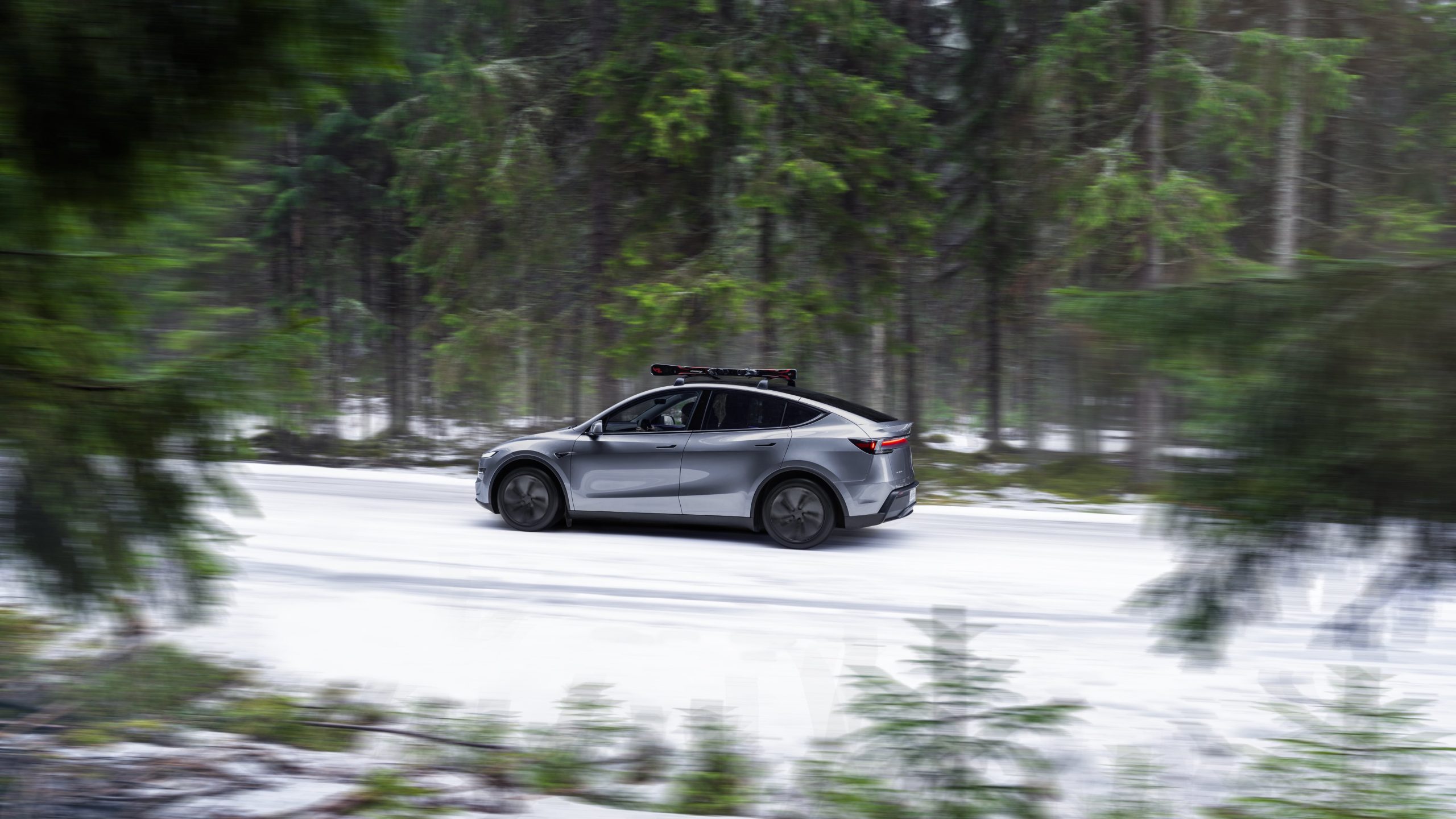
Tesla is seeing strong momentum in Norway, with sales of the new Model Y helping the company maintain dominance in one of the world’s most electric vehicle-friendly markets.
Model Y upgrades and consumer preferences
According to the Norwegian Road Federation (OFV), Tesla recorded a 54% year-over-year jump in new vehicle registrations in June. The Model Y led the charge, posting a 115% increase compared to the same period last year. Tesla Norway’s growth was even more notable in May, with sales surging a whopping 213%, as noted in a CNBC report.
Christina Bu, secretary general of the Norwegian EV Association (NEVA), stated that Tesla’s strong market performance was partly due to the updated Model Y, which is really just a good car, period.
“I think it just has to do with the fact that they deliver a car which has quite a lot of value for money and is what Norwegians need. What Norwegians need, a large luggage space, all wheel drive, and a tow hitch, high ground clearance as well. In addition, quite good digital solutions which people have gotten used to, and also a charging network,” she said.
Tesla in Europe
Tesla’s success in Norway is supported by long-standing government incentives for EV adoption, including exemptions from VAT, road toll discounts, and access to bus lanes. Public and home charging infrastructure is also widely available, making the EV ownership experience in the country very convenient.
Tesla’s performance in Europe is still a mixed bag, with markets like Germany and France still seeing declines in recent months. In areas such as Norway, Spain, and Portugal, however, Tesla’s new car registrations are rising. Spain’s sales rose 61% and Portugal’s sales rose 7% last month. This suggests that regional demand may be stabilizing or rebounding in pockets of Europe.
News
Tesla to open first India experience center in Mumbai on July 15
The event is scheduled for July 15 at the Bandra Kurla Complex, a premier business district in Mumbai.

Tesla is officially entering India with the opening of its first showroom and experience center in Mumbai next week. The event is scheduled for July 15 at the Bandra Kurla Complex, a premier business district in Mumbai.
Tesla imports to India signal an early-stage market entry strategy
According to Indian customs data, Tesla has imported approximately $1 million worth of vehicles, charging equipment, and merchandise into the country between January and June. The shipments include six Model Y comprised of five standard variants valued at $32,500 each and one long-range model valued at $46,000. Several Superchargers and related accessories were also imported into the country, as noted in a Yahoo Finance report.
These vehicles are expected to serve as display models and test units as Tesla gauges interest and navigates India’s high import duties, which hover around 70% on fully built vehicles. Despite the significant tariffs in the country, Tesla has opted to begin its India expansion with imported cars.
An invitation to the Tesla India launch event has been making the rounds online. As could be seen in the document, Tesla noted that July 15 would be the launch of Tesla in India through the opening of a Tesla experience centre at Bandra Kurla Complex in Mumbai.
Tesla India’s hiring and expansion efforts are underway
Tesla has filled a number of key roles from the 30+ positions it advertised earlier this year. Recent hires include store managers, service executives, and sales staff, while ongoing recruitment is focused on supply chain engineers and vehicle operators to support the company’s Autopilot program.
Indian officials have been open about their intention to encourage Tesla to establish a manufacturing hub in the country. Tesla does seem open to the idea, at least, with reports last year hinting that Elon Musk was set to visit the country to discuss or even potentially announce a domestic project. The trip, however, was ultimately canceled.
-

 Elon Musk2 weeks ago
Elon Musk2 weeks agoTesla investors will be shocked by Jim Cramer’s latest assessment
-

 Elon Musk2 days ago
Elon Musk2 days agoxAI launches Grok 4 with new $300/month SuperGrok Heavy subscription
-

 Elon Musk4 days ago
Elon Musk4 days agoElon Musk confirms Grok 4 launch on July 9 with livestream event
-

 News1 week ago
News1 week agoTesla Model 3 ranks as the safest new car in Europe for 2025, per Euro NCAP tests
-

 Elon Musk2 weeks ago
Elon Musk2 weeks agoA Tesla just delivered itself to a customer autonomously, Elon Musk confirms
-

 Elon Musk1 week ago
Elon Musk1 week agoxAI’s Memphis data center receives air permit despite community criticism
-

 News2 weeks ago
News2 weeks agoXiaomi CEO congratulates Tesla on first FSD delivery: “We have to continue learning!”
-

 News2 weeks ago
News2 weeks agoTesla sees explosive sales growth in UK, Spain, and Netherlands in June

















